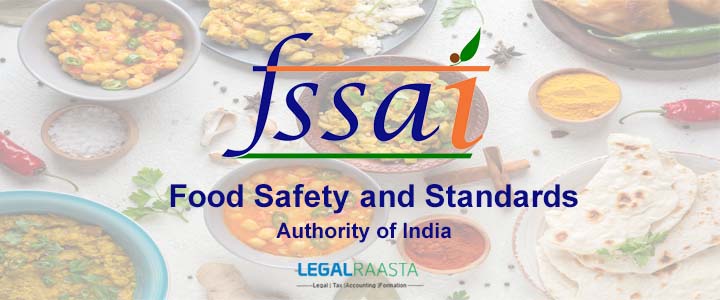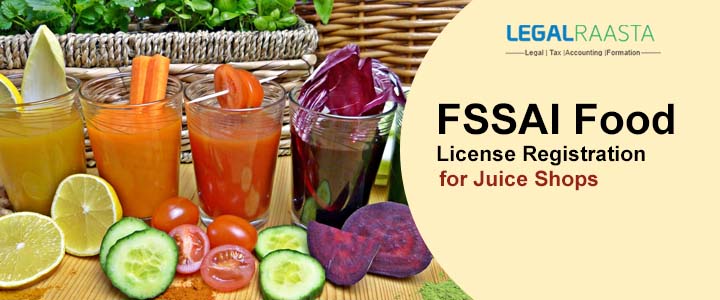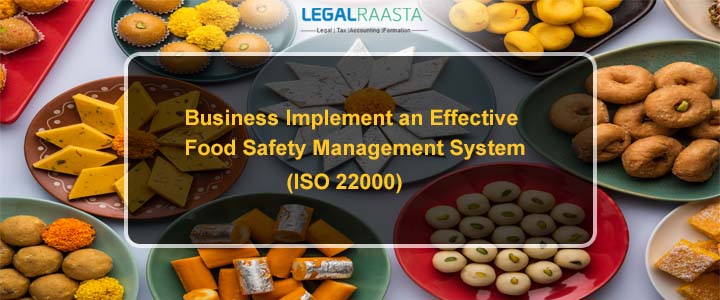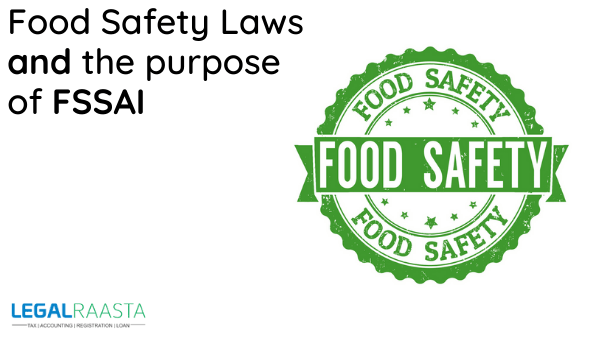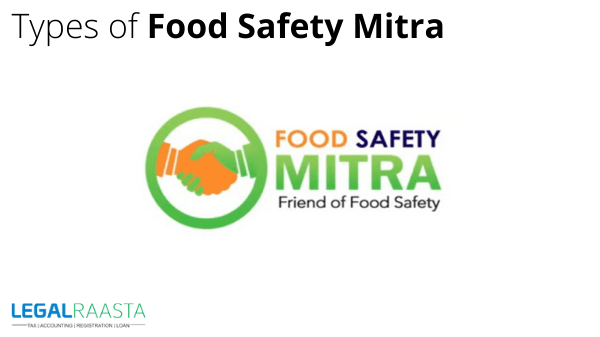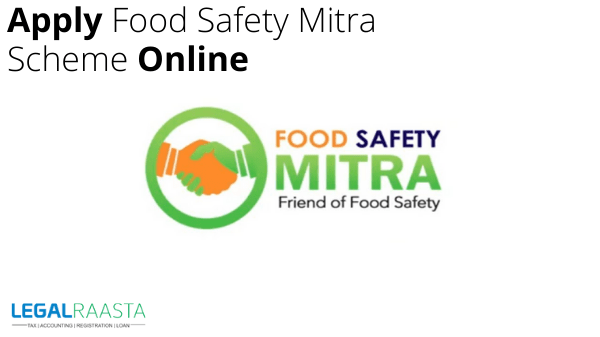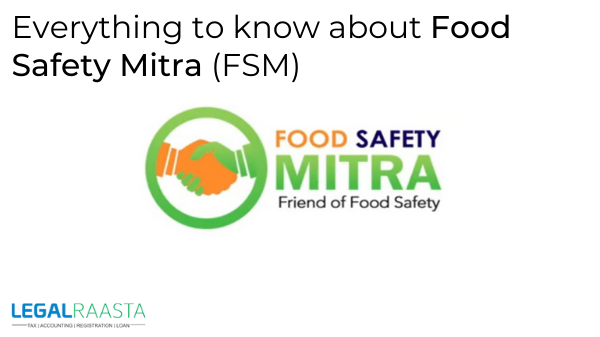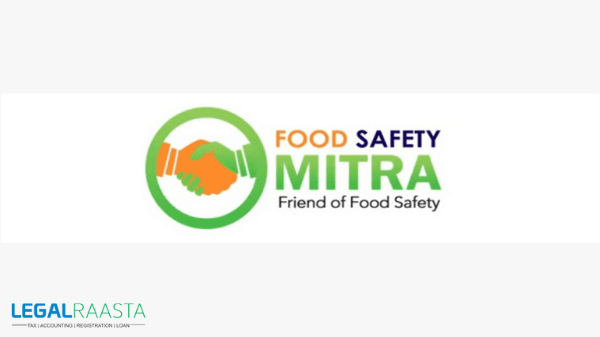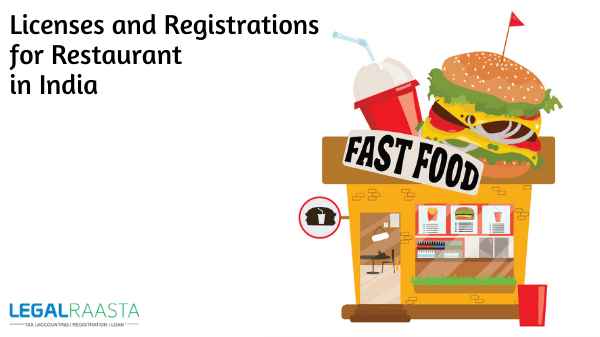Food Safety and Standards Authority of India
The Ministry of Health & Family Welfare of the Indian Government established the Food Safety and Standards Authority of India (FSSAI), a statutory body that is used by food company operators to get an FSSAI registration license. The Food Safety and Standards Act, 2006, a consolidated statute pertaining to food safety and regulation in India, is what gave rise to the establishment of the FSSAI Registration. The FSSAI is in charge of maintaining and improving public health by regulating and overseeing food safety.
A non-executive chairperson who presently holds or has held a position equivalent to Secretary to the Government of India was chosen by the Central Government to oversee the FSSAI.
Both Shri Arun Singhal and Rajesh Bhusan are currently serving as the FSSAI’s chief executive officer and chairperson, respectively.
New Delhi serves as the FSSAI’s administrative center for FSSAI Registration. For FSSAI registration, the government also maintains six regional offices, which are located in Delhi, Guwahati, Mumbai, Kolkata, Cochin, and Chennai.14 reference laboratories, 72 state/UT laboratories spread across India, and 112 NABL-accredited commercial laboratories are among the laboratories that FSSAI has notified.
The Food Safety and Standards Authority of India (FSSAI) decided to grant perpetual licenses to restaurants and food manufacturers on the condition that they file their returns each year in 2021 with the goal of benefiting industries involved in the manufacturing, handling, packaging, and selling of food items.
FSS Act 2006 for Fssai Registration
The FSS Act of 2006 mandates FSSAI to carry out the following duties:
- Creating regulations to set standards and norms for food-related products and identifying an effective method for enforcing the various standards informed.
- Establishing procedures and rules for certification organizations that certify food safety management systems for food enterprises.
- Establishing the system and rules for laboratory accreditation and notifying the accredited laboratories.
- To offer scientific guidance and technical assistance to the federal government and state governments as they formulate policies and regulations in areas that directly or indirectly affect food safety and nutrition.
- Collect and compile information on food consumption, biological risk incidence and prevalence, contaminants in food, residues from various contaminants in food items, developing risk identification, and the implementation of a quick alert system.
- Establishing a national information network to provide quick, trustworthy, and impartial information regarding food safety and pressing issues to the general public, consumers, Panchayats, etc.
- Provide training programmes for those working in or planning to work in the food industry.
- Participate in the creation of global technical standards for sanitary, phytosanitary, and food standards.
- Increase public knowledge about food safety and standards.
Key features of the 2006 Food Safety and Standard Act for Fssai Registration
The Prevention of Food Adulteration Act of 1954, the Fruit Products Order of 1955, the Meat Food Products Order of 1973, the Vegetable Oil Products (Control) Order of 1947, the Edible Oils Packaging (Regulation) Order of 1988, the Solvent Extracted Oil, De-Oiled Meal and Edible Flour (Control) Order of 1967, and the Milk and Milk Products Order of 1967 are just a few examples of central laws. Following the implementation of the FSS Act, 2006, the Order, 1992 and all related orders will be repealed.
FSSAI has offices in four regions for FSSAI Registration
- Head office for the northern region is in New Delhi.
- With a regional office in Kolkata, the Eastern Region.
- With a regional office in Mumbai, the Western Region.
- With a regional office in Chennai, the Southern Region.
Food Safety and Compliance System (FoSCoS): What Is It?
The Food Licensing and Registration System (FLRS), an online application that offers licensing and registration functions, was previously deployed by the FSSAI. The FLRS programme made it possible for FBOs to submit FSSAI registration and license requests for all food enterprises, and it also supported how the Central and State licensing authorities handled these requests. The FLRS has been in use for the last nine years. Numerous improvements and updates have been made to the application throughout time to improve usability.
FSSAI recognized the need for an upgrade after observing several performance issues and business process restrictions in FLRS, which resulted in the creation of a new application called Food Safety and Compliance System (FoSCoS).
Read Also – Procedure for Trademark Assignment
FoSCoS was carefully developed to be as functionally and procedurally comparable to the FLRS programme as possible while simultaneously being made more user-friendly and having its system performance improved. The open source platform of FoSCoS, along with its new and sophisticated User Interface, makes it more logical, computationally potent, and technically superior to FLRS.
How can I apply for a Fssai registration certificate in Part 1 for Basic registration license?
Step 1: To log in, select “Apply for License/Registration Fee: Rs.100 to 7500 per year” from the drop-down menu.
Step 2: Choose an option based on the user’s needs.
Step 3: Choose your state, read the note, then read the group heads for the different types of businesses. The user can read the definition of each kind of business under the heading “Kind of Business” by clicking on it, then select the radio option to continue.
Step 4: Complete all the required fields as indicated on Form A.
Step 5: Submit the documents, pay the application cost using one of the methods given.
Step 6: A receipt with a 17-digit reference number is generated after the payment has been made and can be used as a record in the future.
Read Also – GST No required for small business
Step 7: Using the reference number, the user can check the status of the application on the homepage, foscos.fssai.gov.in.
How can I apply for a FSSAI Registration license in Part 2 for state or Central license?
Step 1: To log in, select “Apply for License/Registration Fee: Rs.100 to 7500 per year” from the drop-down menu.
Step 2: Choose an option based on the user’s needs.
Step 3: Choose the State, read the note and group headings for the different types of businesses, then click on the kind of business under which the food business fits. The user can read the definition of each type of business under it and then click the radio button to continue.
Step 4: Complete all the required fields as indicated on Form B.
Step 5: Submit the documents, pay the application cost using one of the methods given.
Step 6: A receipt with a 17-digit reference number is generated after the payment has been made and can be used as a record in the future.
Step 7: Using the reference number, the user can check the status of the application on the homepage, foscos.fssai.gov.in.
How can I submit a Fssai registration or license for modification application?
Step 1: Open a web browser, enter https://foscos.fssai.gov.in/ into the URL bar, and select Modification of License and Registration Fee from the menu.
Step 2: Log in and continue with the update procedure using the application reference number, license number, or registration certificate number.
Step 3: Log in using your application reference number, license number, or fssai registration number. Apply for modification in lic/reg by selecting the modification option from the side menu.
Step 4: Choose the information you want to edit. There are two forms of modification as shown below:
Scenario 1: Everything will be modifiable in application if you choose any (or all) of the top three categories, or the top three combined with any of the bottom two categories. This is known as a typical modification. For instance, all sections will be editable by the user if they choose any one of the alternatives, such as Company Name, Registered Office Address Details, or Type of Business/Product/Quantity Details, and choose any one or both of the latter two for fssai Registration.
Scenario 2: If one or both of the final two options are chosen, it is referred to as Non-Form C Modification. Only the fields that aren’t listed on the license can be changed; the rest of the information can be changed. Choosing Contact Information, Supporting Documents, or both, for instance.
Step 4: Continue with Form B alteration, filling in and changing the details that need to be changed. Upload all papers again in both cases on the “Required Documents” screen, indicate the reason for the modification, check the box next to the accepting declaration, and then click “Save & Next” to continue.
Step 5: A green pop-up will confirm that the revision was submitted successfully in the upper right corner of the page, and the concerned officer will proceed to generate the license.
Offline Document Upload for Authorities User Manual for FSSAI registration
Step 1: Using a web browser, officials can access this website at https://foscos.fssai.gov.in.
Step 2: Click on the license document upload sub-menu or FSSAI registration document upload menu, as appropriate, after selecting the offline document upload menu.
Step 3: Select any license number or document ID in the licensing document upload field, then click the search button (To find out single entry).
Step 4: Click the Upload New Offline Data option in the right upper corner of the licensing document upload screen. Application Reference Number or License Number, then click “Submit.”
Step 5: Upload a license document, choose Offline Data Capturing, select the document type from the drop-down menu, add any comments, and then click Submit.
Step 6: The option to add a document appears when you click “Submit.” A maximum of five documents may be uploaded by an authority, who may also view or delete them.
Step 7: After pressing the back button, the user is redirected to the search page where they can view the entry they just made by pressing the view and remark buttons.
Step 8: On the search results page, click the view button to view all uploaded documents and exercise the right to remove them.
Documents required for FSSAI Registration Certificate
- A photo and a government-issued photo ID for foscos registration, such as an AADHAAR, PAN, or voter ID.
- Evidence of a business’s address if it differs from the address listed on the photo ID card.
Conclusion
For food industry operators, this article offers the fundamental knowledge needed for FSSAI Registration. A statutory organization established by the Ministry of Health & Family Welfare of the Indian Government is the Food Safety and Standards Authority of India (FSSAI). Rajesh Bhusan and Shri Arun Singhal are the FSSAI’s current chair and chief executive officer, respectively.

